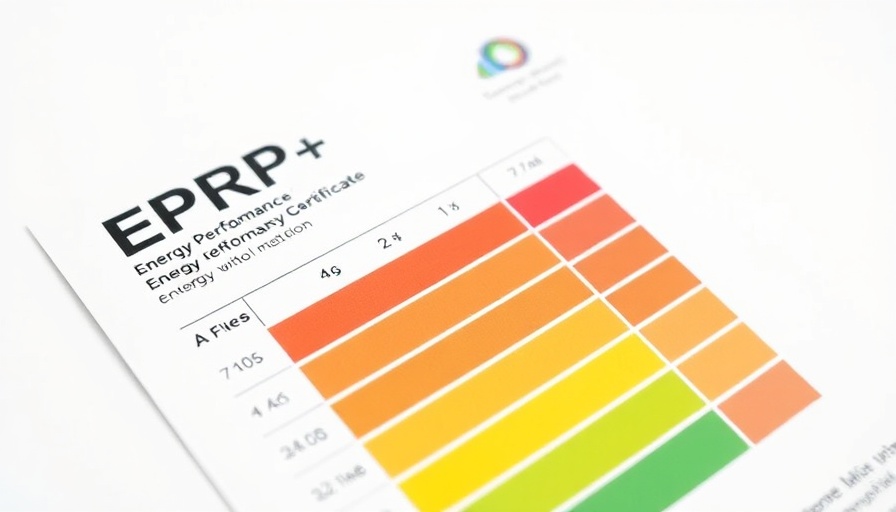
Understanding EPC Ratings: What They Mean for Property Owners
Energy Performance Certificates (EPC) are crucial in assessing the energy efficiency of properties across the UK. Recently, a call from the estate agency trade body Propertymark has emphasized the need to tailor these ratings based on property type and age. This recommendation could significantly influence how landlords and property investors navigate the evolving landscape of energy regulations, particularly as the government pushes for higher efficiency standards.
Why Property Type and Age Matter for EPC Ratings
Timothy Douglas, the head of policy and campaigns at Propertymark, argues that the typical characteristics of homes in the private rented sector—often older and less valuable—warrant a distinct approach to EPC assessments. Recognizing that a one-size-fits-all model may not effectively address the diverse nature of properties could ensure that regulations are not only beneficial for the environment but feasible for landlords to implement.
Upcoming Regulatory Changes and Their Implications for Landlords
The UK government plans to enforce new EPC standards requiring properties in the private rented sector to achieve a minimum rating of C by 2028 for new tenancies and by 2030 for all tenancies. While these changes are aimed at promoting energy efficiency, there is concern among property owners about the financial implications of upgrading older homes to meet these standards. Many landlords fear these costs will drive them out of the market, potentially leading to a housing supply crisis.
The Financial Strain on Landlords: Understanding the Costs
Meeting the new EPC standards can pose significant financial challenges, particularly for those owning lower-value properties. Propertymark has highlighted that the cost of necessary upgrades might exceed the proposed cap, leaving many landlords struggling to comply. This financial strain is echoed by several landlords who anticipate that the burden of these costs could push them out of the rental market altogether.
Strategies for Improving Energy Efficiency in Older Properties
While the concerns are valid, there are steps landlords can take to improve the energy efficiency of their properties gradually. Access to financial incentives from the government could play a critical role in helping landlords navigate the transition. Such measures might include grants for making properties more energy-efficient or favorable financing for landlords willing to invest in improvements. By focusing on practical actions and seeking assistance, landlords can better align with new regulations.
Future Trends: How EPC Regulations Could Evolve
As energy policies continue to develop, it is essential for landlords and property owners to stay informed about future changes. Engaging with industry bodies like Propertymark can help stakeholders advocate for realistic measures regarding EPC ratings. Understanding market trends and emerging technologies in energy efficiency can also empower property owners to make informed decisions, positively impacting their investments.
Building a Sustainable Future: The Need for Realistic Goals
In order to foster a sustainable property market, it’s vital that regulatory bodies consider the realities of property ownership across various types and circumstances. By setting achievable goals, policymakers can encourage landlords to invest in improving their properties without sacrificing their financial stability. As the focus on reducing carbon footprints grows, so too does the importance of balancing these ambitions with the realities of property management.
As we look to the future, a partnership between landlords, government, and industry bodies will be crucial in creating a regulatory environment that supports energy efficiency while acknowledging the diversity of the housing market. Achieving this balance could ultimately lead to a healthier, more sustainable rental sector that benefits everyone involved.
 Add Row
Add Row  Add
Add 





 Add Row
Add Row  Add
Add 








Write A Comment